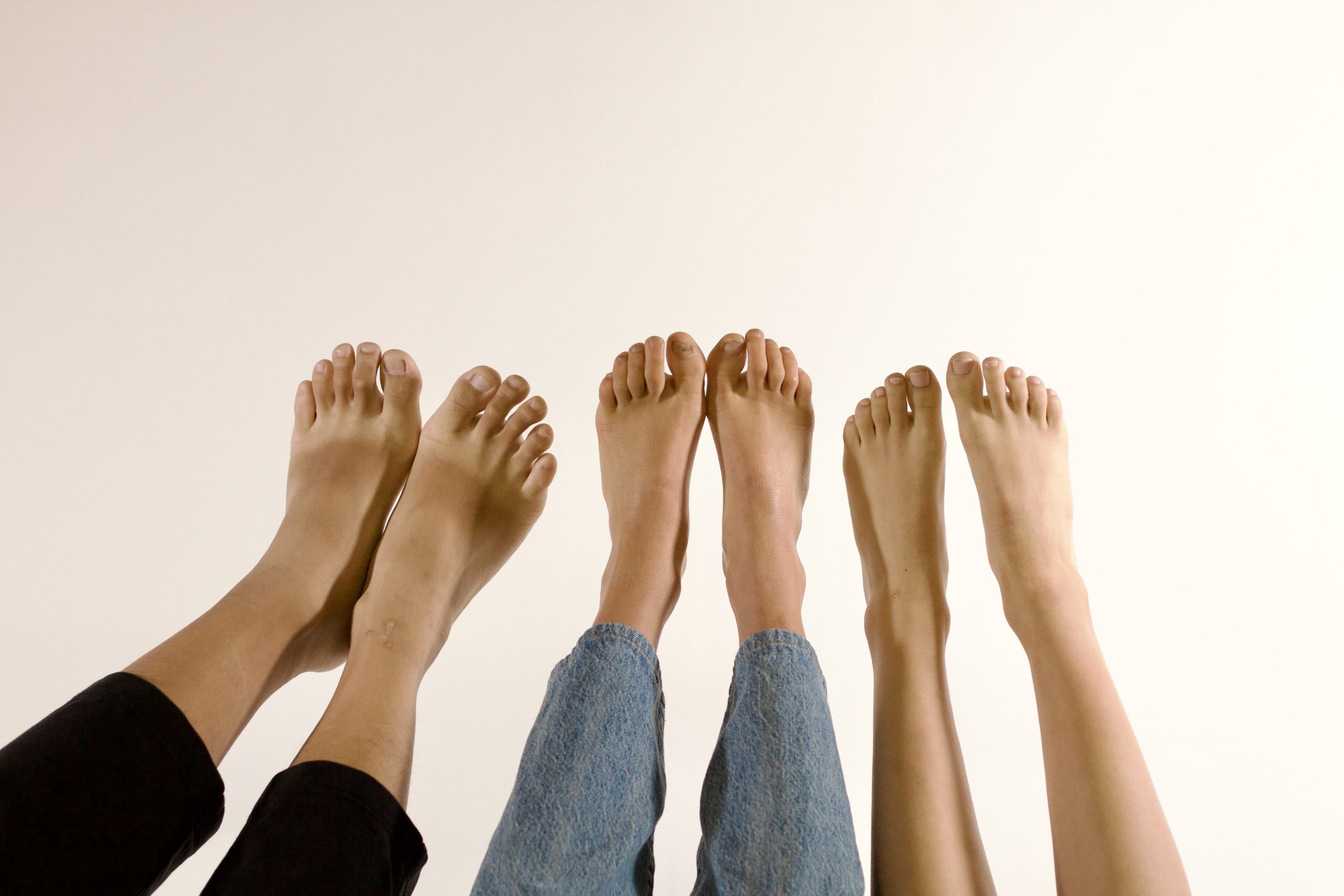
By Lauren Hyland
After a long day of being imprisoned in close-toed shoes, confined to restricting socks, begging to feel the grass in between them and the wind across their nailed tops, my toes beckon me to be released.
Previously, I’ve lived in fear of others seeing and negatively reacting to my feet.
“That’s so gross,” they would say. “Put those dogs away!”
But, I no longer let others’ opinions affect the exposure of my feet.
Many people my age don’t feel the same. I’ve seen countless Instagram stories where feet are covered by wording or a background song, or posts where feet are out of frame. Users will go out of their way to make sure no one gets a peek at the ever-so-often-hidden lower extremity. If one has failed to cover up, there’s a likely chance they will receive a “for free?” or a “dogs are barking” comment.
So, why the stigma? Much of it comes down to societal norms and misconceptions. Feet, especially when bare, are often considered “dirty” or inappropriate for public display. There’s an unspoken expectation that shoes are a sign of decency or hygiene, and going without them can be seen as rebellious or careless.
The newfound embarrassment of bare feet may coincide with the popularization and further awareness of foot fetishes. Jokes or comments about feet, especially those tied to foot fetishes, have added a layer of discomfort for people. These societal pressures cause many to hide their feet and shy away from embracing their natural state.
While some environments require shoes for safety reasons, the fear of judgment has caused a widespread reluctance to enjoy the benefits of barefoot living even in more casual or safe settings.
There are several compelling reasons to embrace going barefoot. Our feet are designed to move freely and function naturally without the constraints of modern footwear. There are numerous benefits, both physical and mental, to shedding those shoes and letting your feet breathe.
Research suggests that walking barefoot, especially for children, can strengthen the foot and lead to fewer deformities that can be caused by constraint. Walking barefoot can also further the development of the arch of a foot. Walking barefoot can help maintain balance and improve proprioception, which can be particularly important for preventing falls in older adults. While minimalist shoes may offer the same benefits with less risk, the principle remains: allowing your feet to move naturally can promote overall foot health.
Beyond the physical benefits, walking barefoot may also offer mental and emotional advantages. The simple act of connecting directly with the earth can help reduce stress, promote relaxation, and potentially reduce inflammation. This practice, known as “grounding” or “earthing,” has been shown in small studies to improve mood, increase energy levels, and even aid in pain relief.
Contrary to popular belief, Fountain Valley High School does not require close-toed shoes. Meaning we’re just in luck, we get to experience all the barefoot benefits even in the classroom.
When we’re ever so often held back by entrapped extremity, going barefoot can offer a much-needed escape, allowing us to reconnect with nature and ourselves. While societal norms and misconceptions about bare feet persist, embracing the freedom of going barefoot — whether in your backyard, at the beach, or even inside your home — can be a refreshing way to support both physical and mental well-being.
So, the next time your feet ache from a long day in shoes, consider giving them a break and letting them experience the world as they were meant to, free.





